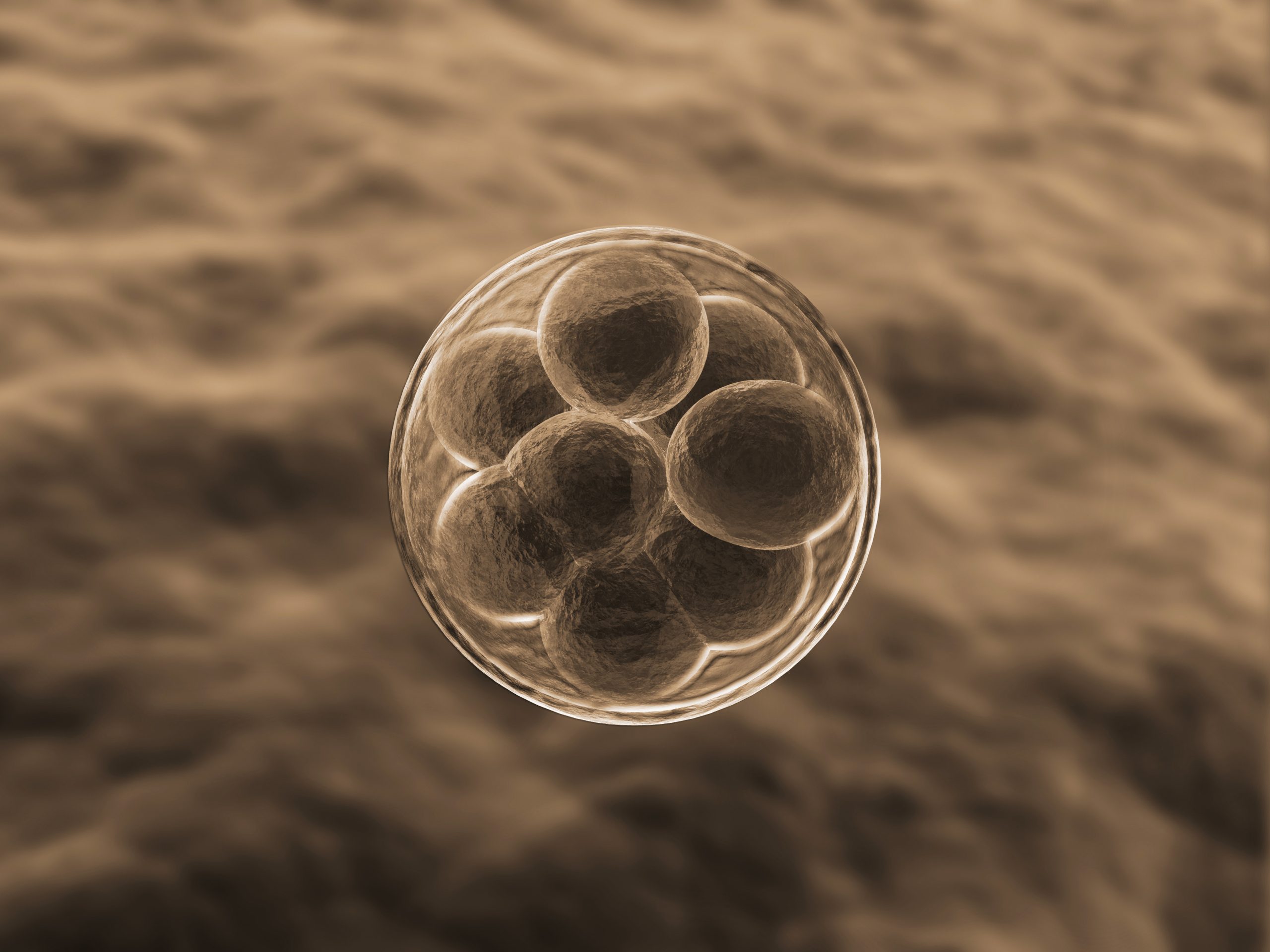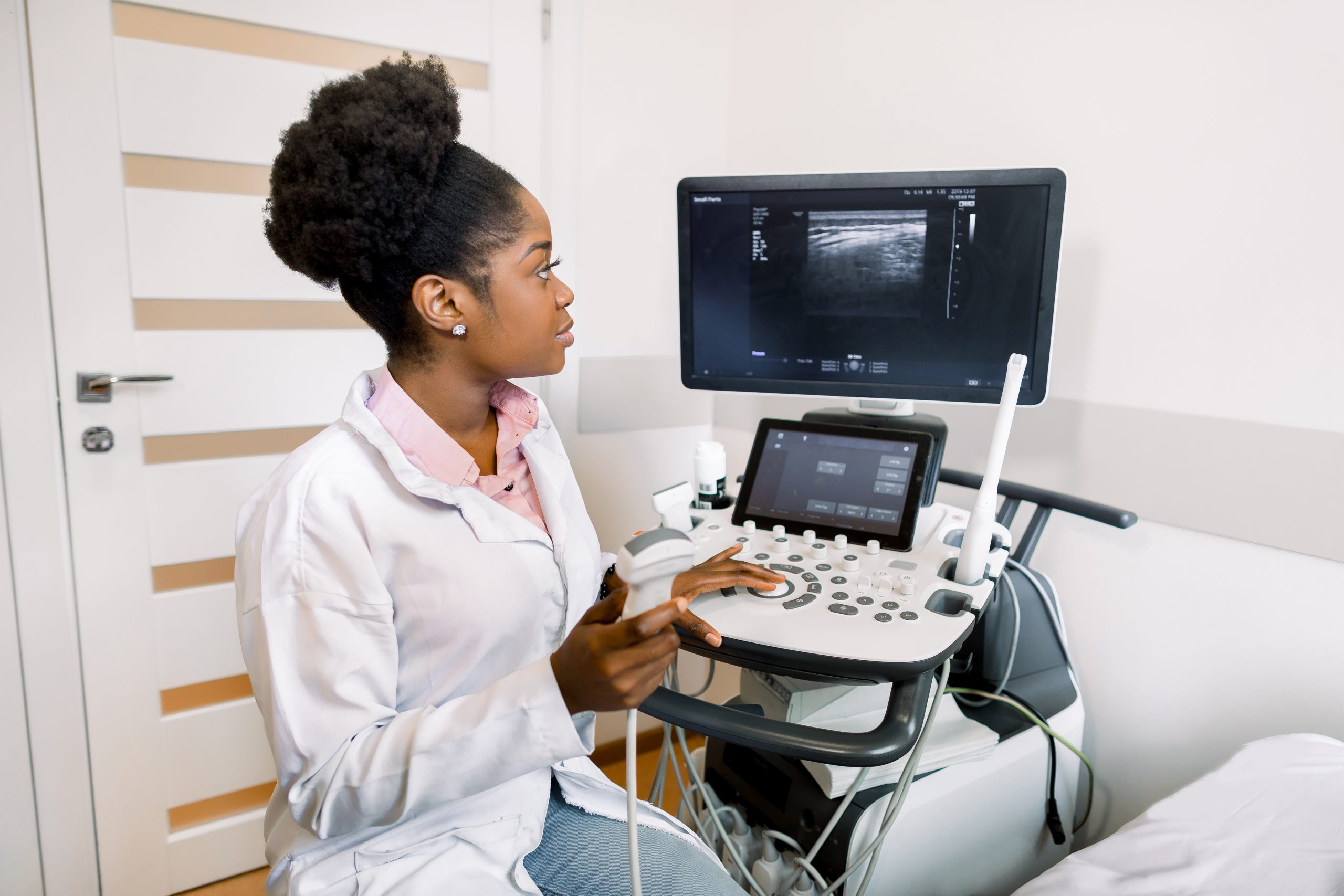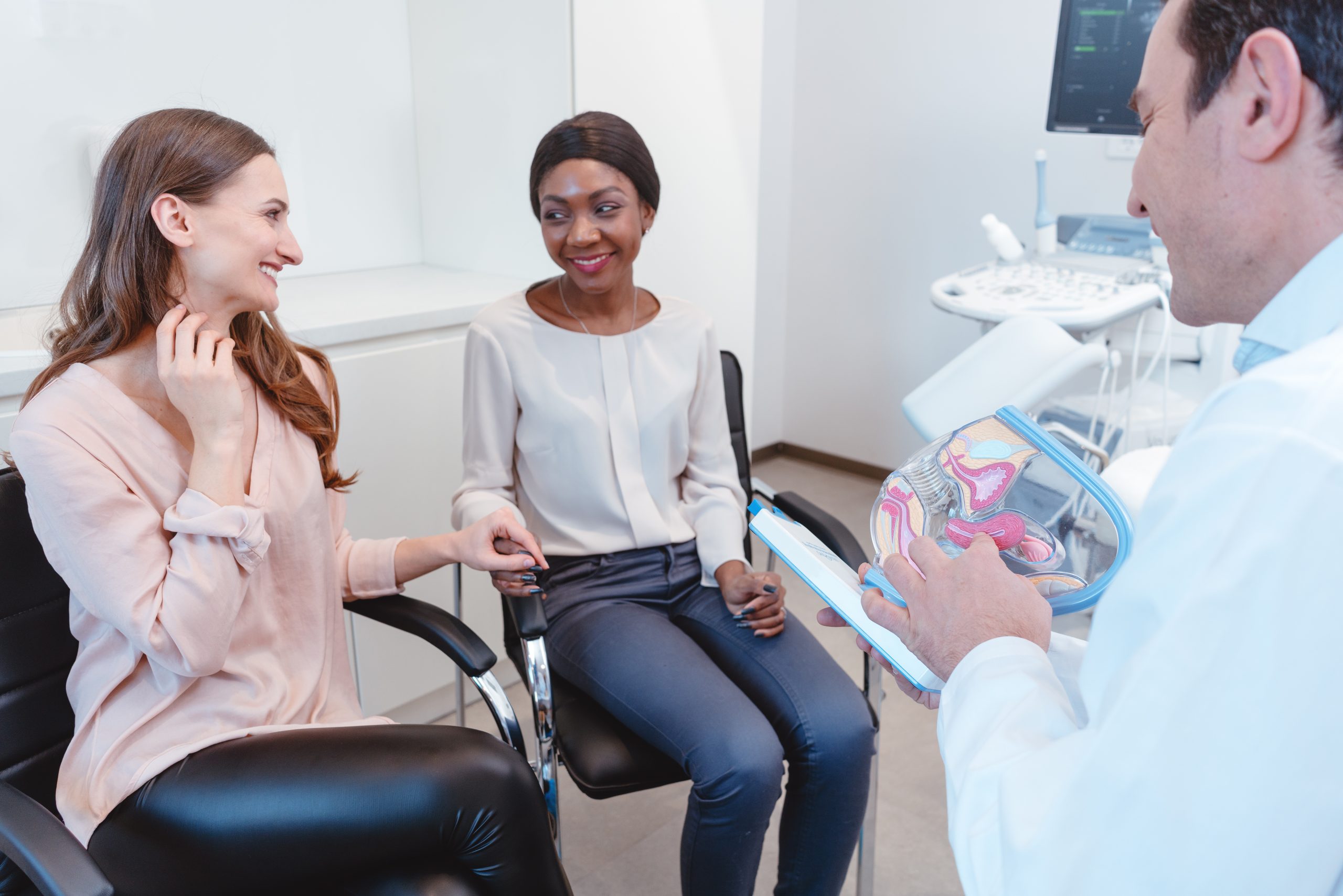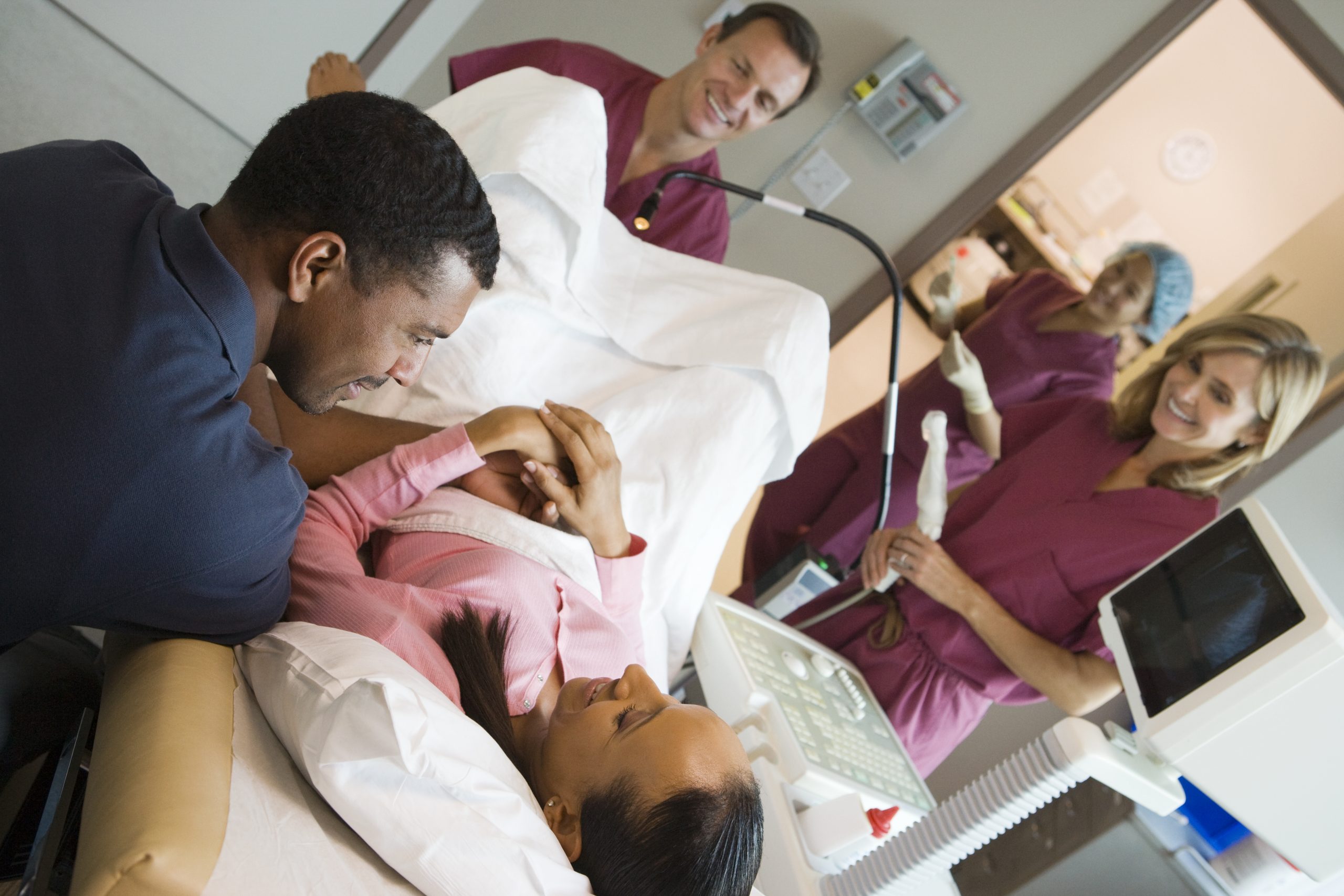Collecting and fertilising your eggs1, 2
When mature, your eggs will be collected ready for fertilisation
Egg collection
Egg collection usually takes place while you are under sedation. Egg collection is a relatively quick and painless procedure, and usually takes place while you are under sedation. A general anaesthetic is not normally required. A trained doctor will insert a hollow needle attached to an ultrasound probe into your vagina.
The ultrasound probe is used to help guide the needle through the wall of your vagina and into each of your ovaries to collect your eggs – it does not go through your fallopian tubes.
This procedure usually only takes 15-20 minutes, but it can make you feel a little sore and bruised – for a short while afterwards you may experience some cramping and experience a small amount of bleeding from the vagina. If necessary, you may want to book a couple of days off from work in order to rest, and you will also need someone to accompany you (such as your partner) to and from the procedure.
Fertilisation
Your partner will be asked to provide a sample of sperm at the same time as your eggs are collected. If preferred this sample can be provided in advance and frozen before use, or you may be using a sample of frozen donor sperm.
The sperm sample is washed, and the highest quality sperm selected. These are then mixed with your eggs and stored in a temperature-controlled environment for 16-20 hours. Sometimes, a single sperm may be selected and directly injected into an egg, this process is known as intra-cytoplasmic sperm injection (ICSI).
Three to five days after egg collection, the eggs are then checked by a trained professional to see if they have fertilised successfully. The best quality fertilised eggs, now called embryos, are selected and maintained in a stable environment until they mature ready for transfer back into your womb or for freezing to be used in a future IVF treatment cycle.
Embryo transfer
After fertilisation, a single or multiple embryo(s) (depending on what the clinic decides is best for you) can be transferred into the womb.
This procedure uses a small thin tube that passed up the vagina and through the cervix into the uterine cavity. It’s similar to a cervical screening test and is simpler than the egg collection procedure, so you won’t need to go under general anaesthetic.
References:
UK-RMMH-2100027 | Date of preparation: June 2021











